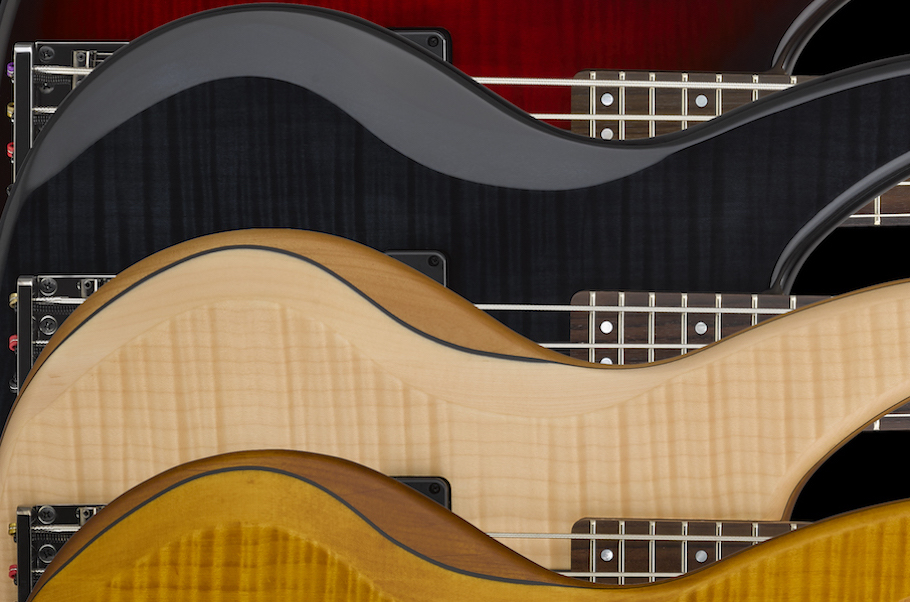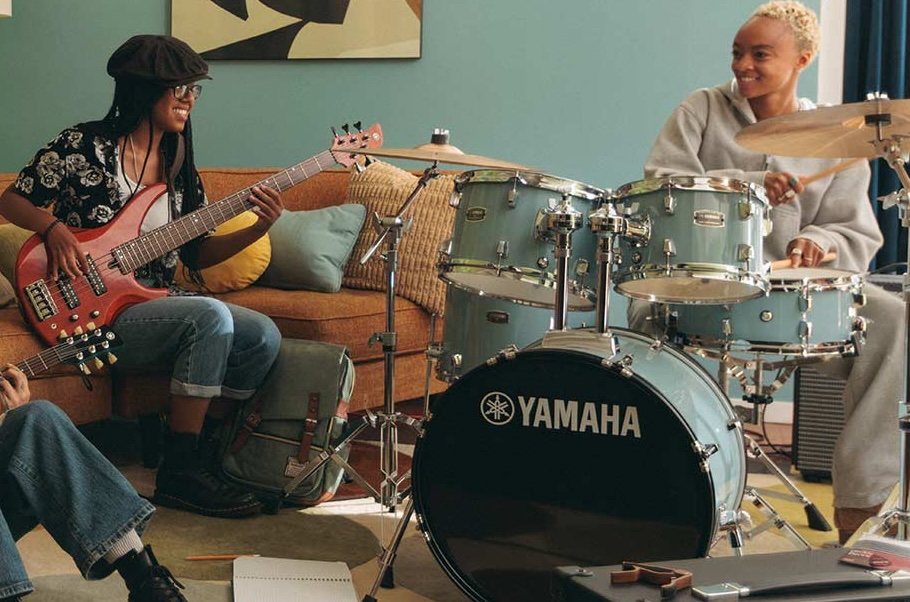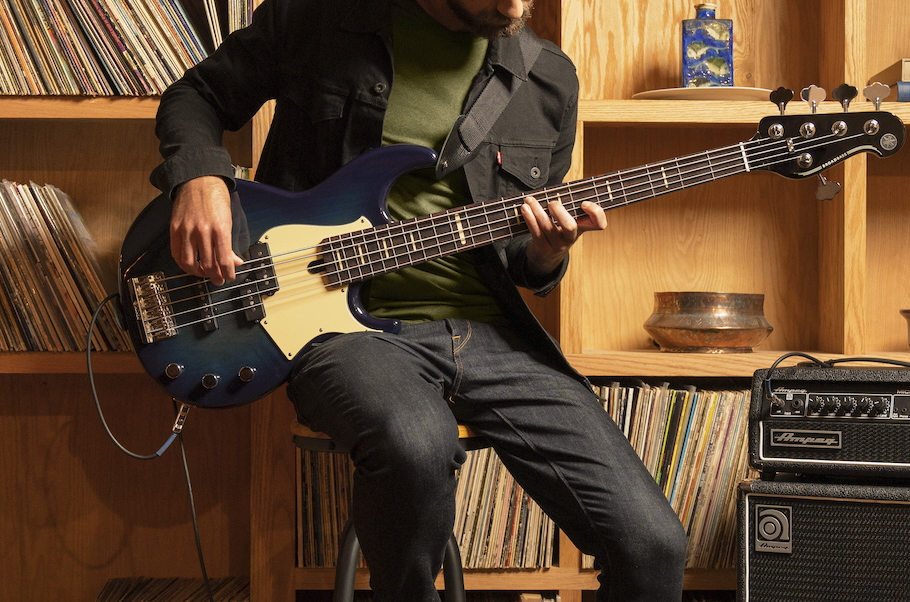Bass Soloing 101
Step out in style.
Imagine that you’ve just seen a great movie with your friends. Everyone’s taking turns remembering the highlights, and when it’s your turn, you quote your favorite lines, compare it to other movies you’ve seen, and maybe even share a detail or two your friends might’ve missed. When you’re done, someone else pipes up and shares their experience of the film.
This, in essence, is what a bass solo is: your contribution to a conversation between you and the rest of the band. You and your bandmates are having a shared sonic experience, and each solo is a remark on the song that’s currently the topic of conversation. Just as your thoughts on a movie are informed by how well you know the genre, actors and director, your solo will reveal how comfortable you are with the song, your instrument and the type of music you’re playing.
Here are a few tips and techniques for crafting effective and compelling bass solos.
LISTEN, LISTEN AND DO MORE LISTENING
It’s much easier to develop a concept of soloing if you enjoy listening to good bass solos. There are many ways to approach a solo and a wide variety of styles, from Paul Denman’s cool feature on Sade’s “Smooth Operator” to Jaco Pastorius’ impeccable turn on Ian Hunter’s “All American Alien Boy” to Billy Sheehan’s insane chops on Mr. Big’s “Addicted to That Rush.” (played on his Yamaha Attitude Limited 3 signature bass). If you’re new to this adventure, enjoy learning what kind of solo you like, and ask yourself what each occasion calls for.
DO YOUR HOMEWORK
If you’re nervous about soloing on a particular song, get familiar with its harmony and melody. Knowing the scales and chords you’ll be soloing over is like reading a book before writing a book report — it’s not just helpful, it’s necessary. Get inside the song by playing arpeggios of each chord, which will help you develop phrases to have under your fingers. Think about tempo too: a sweet ballad, a head-nodding hip-hop groove and a techno track all require different approaches. Some musicians learn to hear spontaneous melodies and play them in real time; others use arpeggios or chord tones; others base their solos on transcriptions of other people’s solos. Most solos combine several techniques that have been honed in the practice room so they’re ready to be used on the bandstand. No matter what, build a roadmap.
MAKE A PLAN
Once you know how long your solo will be (in most contexts, four, eight or 16 bars), pick an approach. The song or style may ask you to be as fluid as a saxophone, chordal or driving like a guitar, or thumpy and percussive like an upright bass or drum. An easy way to start is to take a short phrase, state it clearly, repeat it and develop it. When it comes time to solo, many bass players go up the neck for articulation and a change of tone, but you don’t have to. Willie Weeks’ solo on “Voices Inside/Everything is Everything” is a great example of a bass solo that grooves, starts low, tells a story, and has a satisfying arc.
THINK ABOUT SPACE
It might seem natural to play fewer notes on slower songs, but this melodic Tal Wilkenfeld solo on Jeff Beck’s “Cause We’ve Ended As Lovers” proves that that’s not always the case. Some solos are spacious, while others are busy. Listen to David Hood’s relaxed eight-bar solo on the Staple Singers’ “I’ll Take You There,” then check out Rancid’s “Maxwell Murder” to hear Matt Freeman go wild. Both solos fit their respective songs like a glove.
BE WILLING TO EVOLVE
If you solo on a particular song often, consider developing something you can refine over time. In the ’70s, an epic Suzi Quatro bass solo helped make her famous, and four decades later, she’s doing it again. “It’s physically demanding and requires immense concentration, but I’m playing it better than ever, which is a real surprise at 73,” she said in a recent Bass Magazine interview. “I have been practicing my bass solo, and I can’t practice it enough!”
WORK WITH YOUR BANDMATES
It seems obvious yet contradictory: Your solo is only as good as your bandmates’ support. When we stop playing, the bottom (quite literally) drops out, and how the rest of the band reacts in that moment makes all the difference. Chic’s “Good Times” keeps the dance floor packed during the bass solo because Bernard Edwards never loses the groove. Sometimes the bass solo is a call and response with the rest of the band, like John Entwistle’s big moment on The Who’s “My Generation.” Others are duets, like this one between Red Hot Chili Peppers bassist Flea and guitarist John Frusciante. Your bandmates are part of your solo, and so is the audience. Listen to how the audience cheers on a Joe Dart bass solo straight into a tight arrangement of the Eagles’ “One of These Nights.”
RELAX INTO IT
Whether you’re playing a solo that’s meticulously planned or simply winging it, stay open to unexpected moments and the thrill of improvising, an art taught by many teachers, including Victor Wooten. Watching him not get thrown off when he breaks a string during a marathon solo is simply inspiring.
At the end of the day, the best way to learn is to listen to great solos, figure out what makes them work and spend lots of time with your bass so that when the time comes, you can step into the spotlight with confidence and let the magic flow.














